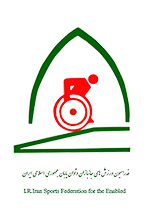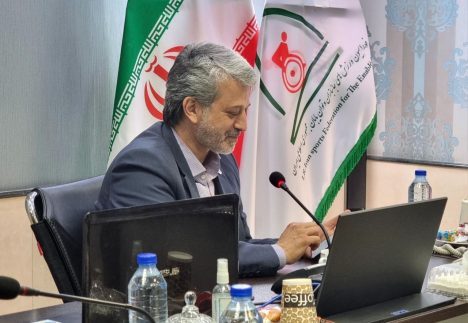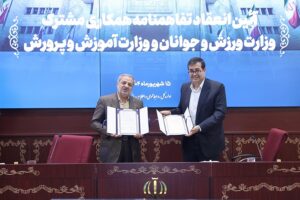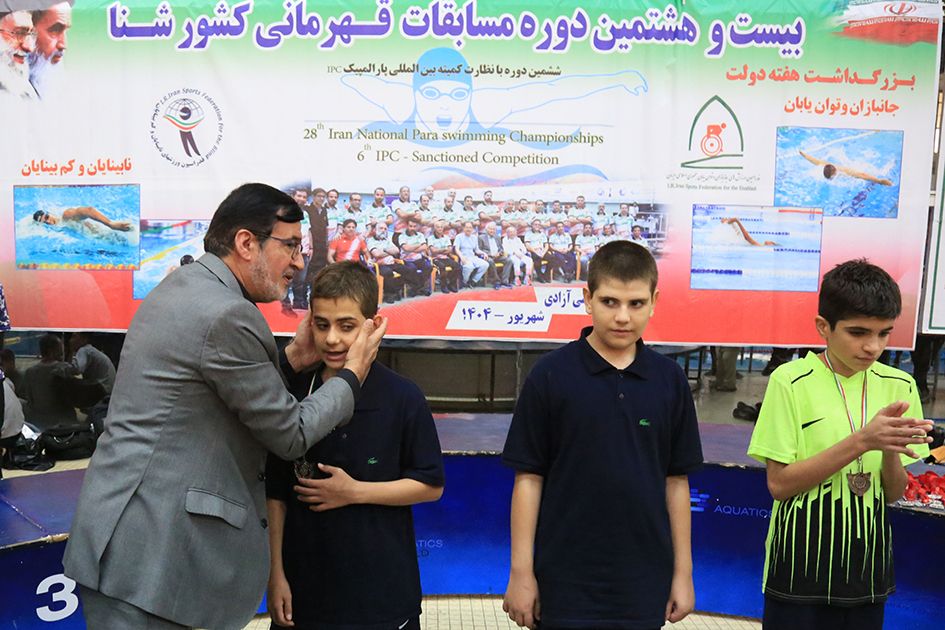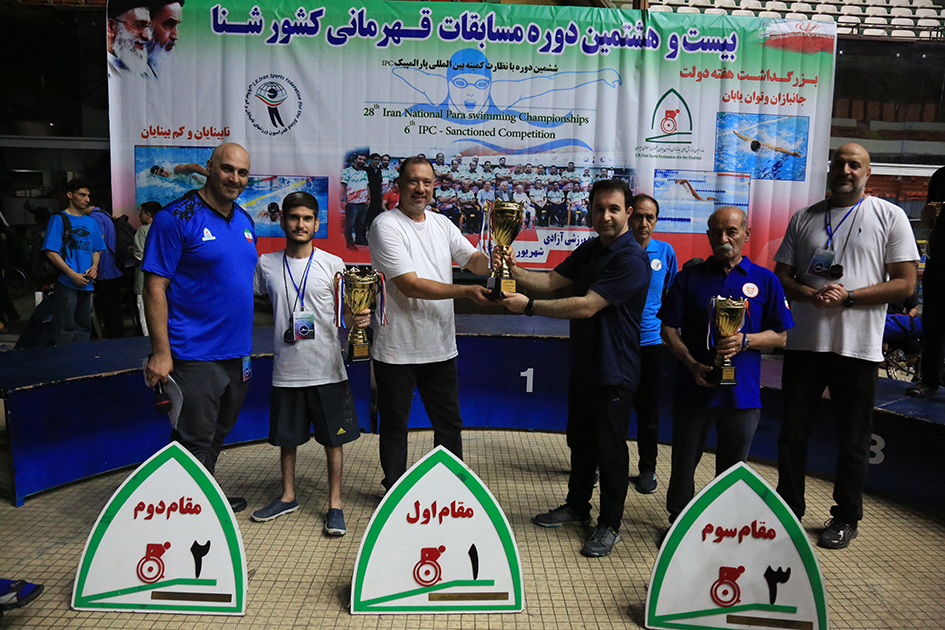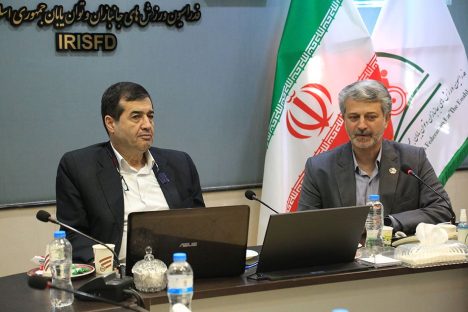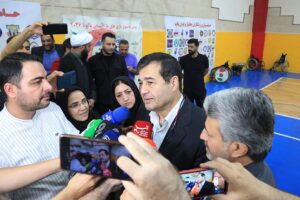The first specialized meeting of the Federation’s Talent Identification and Student Committee was held with the participation of provincial and county board officials.
According to the Public Relations of the Federation, this inaugural session was attended by Dr. KoohpayeZadeh (President), Dr. Pourkiani and Seyed Bagheri (Presidential Advisors), Mostafavi (Committee Head), members of the federation’s talent identification working group, as well as provincial and county board representatives.
Highlights from the Meeting:
Dr. KoohpayeZadeh, Federation President, stated:
The impressive performance of the student team at the Olympiad in Serbia prompted the Minister of Sports and Youth to instruct all federations to establish and activate talent identification and student committees.
In response, and alongside the existing working group, the federation’s official committee for talent identification was formed to enhance talent scouting in nine Paralympic disciplines.
The goal is to combine traditional methods (such as holding provincial and national sports festivals) with cutting-edge technology and make a significant leap in talent identification and elite selection.
He added:
A process has been designed to collect and analyze data from provinces to systematically identify talented young athletes and introduce them to the para sports movement.
Utilizing technology and artificial intelligence in classification and talent identification can pave the way for a new generation in para-sports for the disabled and injured.
Mostafavi, Head of the Committee, further explained:
A comprehensive talent scouting and elite selection plan has been developed, and its main priority is its implementation.
The “mini MDF form” was introduced, in which athletes at the provincial or county level upload their basic information such as type of impairment, sports interests, etc. These data are reviewed by the provincial talent identification committee and then sent to the federation for centralized evaluation and sports guidance.
In addition to this, regional assessments will continue: a host province is designated, and in-person evaluations for classification and talent identification will take place as before.
He added:
Training courses are held for talent identification officers, and posters and educational videos, as well as qualifying performance standards for record-based disciplines like shooting and swimming, are sent to the provinces to aid in more precise talent identification and elite selection.

